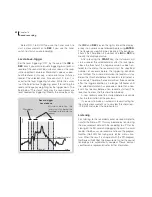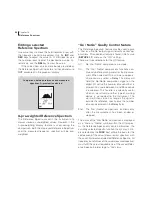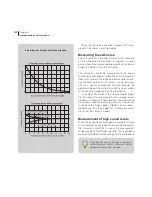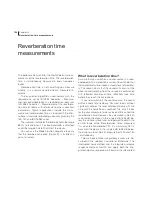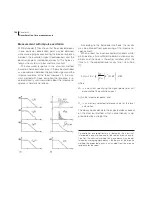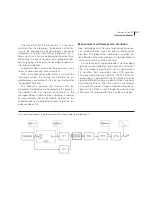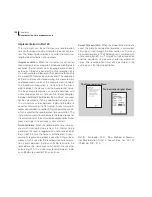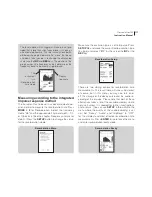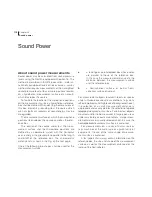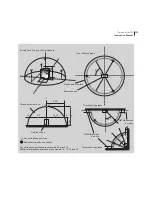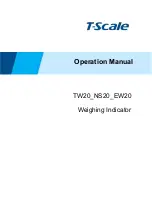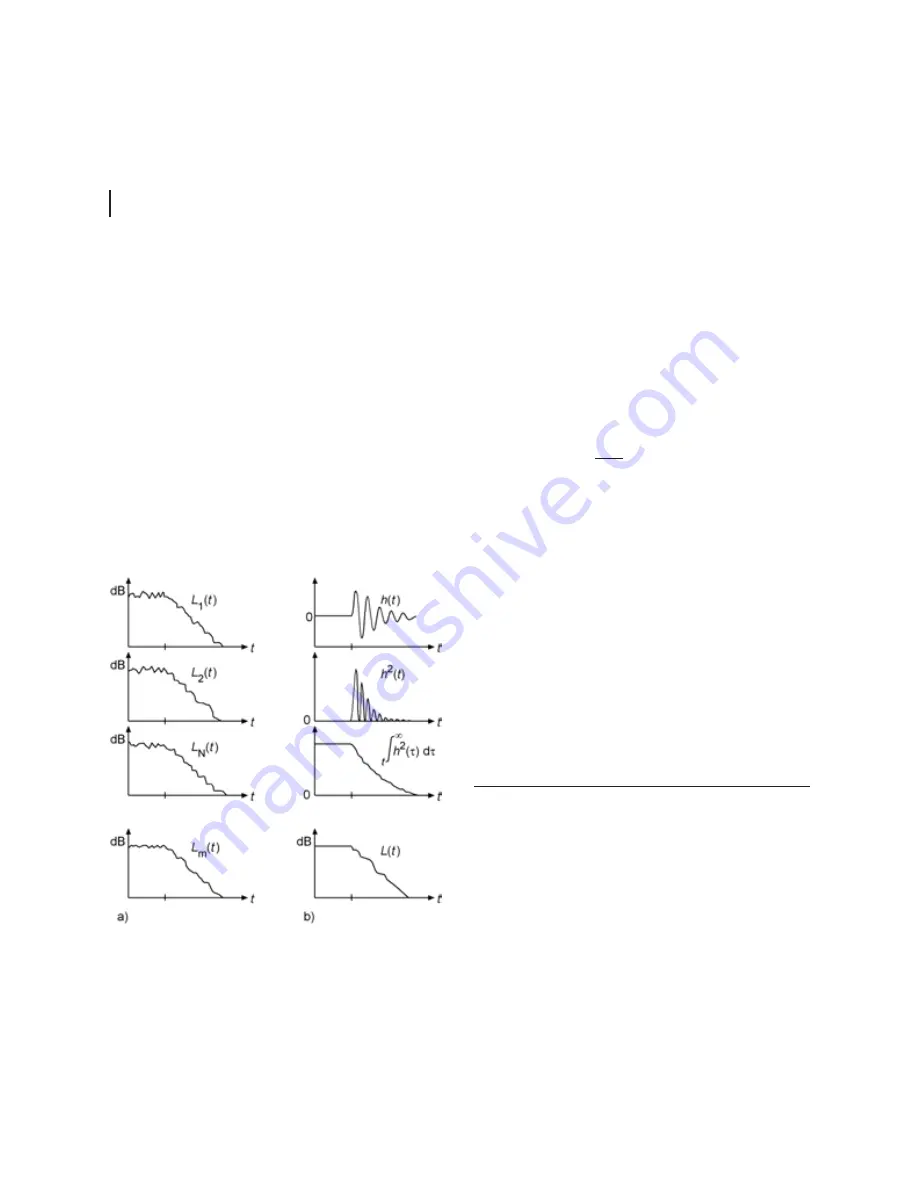
106
Chapter 22
Reverberation time measurements
Measurement with impulse excitation
M.R. Schroeder [1] has shown that the expected decay
in one particular observation point may be obtained
without averaging by processing the impulse response
between the excitation signal (loudspeaker) and the
observation point (microphone) directly. This holds as
long as the system is linear and time-invariant.
The measured response in the classical method
based on noise excitation may in theory be described
as a convolution between the excitation signal and the
impulse response of the room. However, in the clas-
sical method with noise excitation the response is re-
corded directly and information about the impulse re-
sponse is normally not known.
According to the Schroeder methods, the results
may be obtained from processing of the impulse re-
sponse itself.
When a room has been excited by stationary white/
pink noise for a time sufficient to obtain stationary con-
ditions and the noise is thereafter switched off at the
time
t
= 0, the expected level at any time
t
≥ 0
will be
[1]:
dB
d
)
(
lg
10
)
(
2
ref
0
×
=
∫
∞
t
h
C
W
t
L
τ
τ
where
W
0
is a constant specifying the signal power per unit
bandwidth of the excitation signal;
h(t)
is the impulse response; and
C
ref
is an arbitrary selected reference value for the level
calculation.
The decay corresponds to the expected decay based
on the classical method, which conventionally is ap-
proximated by a straight line.
Calculation of reverberation time: a) based on the “classical”
interrupted noise method and b) based on impulse excita-
tion. For the classical method the mean decay may be ob-
tained by averaging more decays. By the use of the impulse
method the expected decay is calculated from the impulse
response for the room.
Summary of Contents for nor140
Page 4: ......
Page 16: ......
Page 17: ...nor140 SOUND ANALYSER ...
Page 18: ......
Page 212: ...194 ...
Page 218: ......

